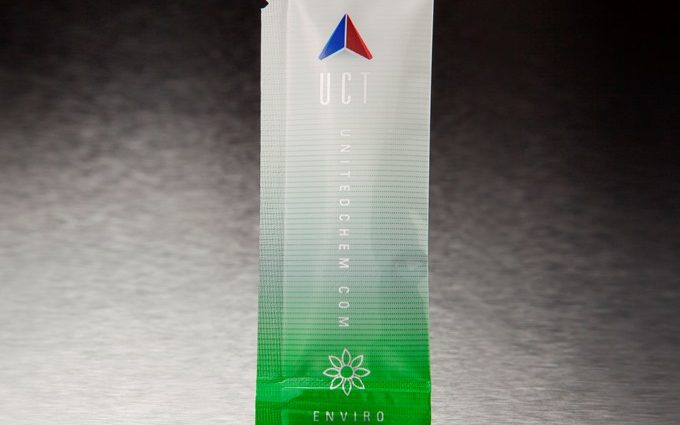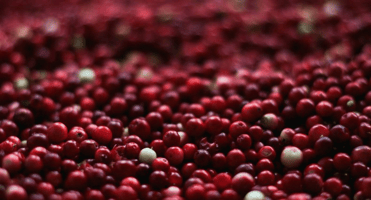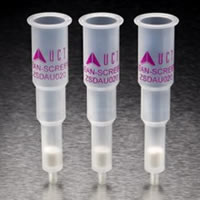Perfluoroalkyl and polyfluoroalkyl substances (PFASs), in particular perfluorooctanoate (PFOA) and...
Researchers Investigate Six Common Pesticides in Wines and the Associated Risk Assessments

Romanian scientists¹ have developed a quick and easy analytical method to determine if wines contain pesticide residues less than the European Union's maximum residue limits. They focused on the detection of six pesticide residues in red, rosé, and white wines. The pesticides chosen were Acetamiprid, Chlorantraniliprole, and Iprovalicarb, Myclobutanil, Tebuconazole, and Oxiathiapiprolin.
The researchers used a modified QuEChERS method to extract the samples. 10 mL of sample and 10 mL of acetonitrile were added to a 50 mL centrifuge tube and vortexed for 30 seconds. 4 g. of magnesium sulfate and 2 g. of sodium chloride were added (available as UCT part ECQUUS2-MP) and shaken for 1 minute. After centrifugation at 5000 rpm., a 1 mL aliquot of the extract was pushed through a Quick QuEChERS cartridge (UCT part ECPURMPSMC). 0.25 mL. of the filtrate was added to a 2 mL vial, and 5 ppm of TPP surrogate was added along with 0.74 mL of ultrapure water. The samples were analyzed by LC-MS/MS. All samples were spiked at a concentration of 5 ng/mL. All spiked recoveries were within the range of 70-130%. The recoveries were not affected by matrix effects. For more information, visit the original paper referenced below.
¹Dumitriu Gabur, G.-D.; Gabur, I.; Cucolea, E.I.; Costache, T.; Rambu, D.; Cotea, V.V.; Teodosiu, C. Investigating Six Common Pesticides Residues and Dietary Risk Assessment of Romanian Wine Varieties. Foods 2022, 11, 2225. https://doi.org/10.3390/foods11152225




